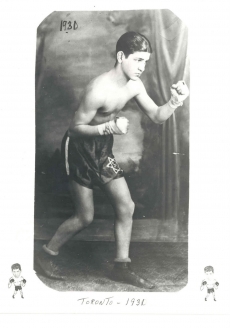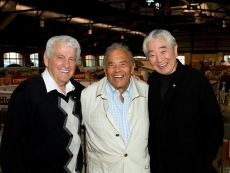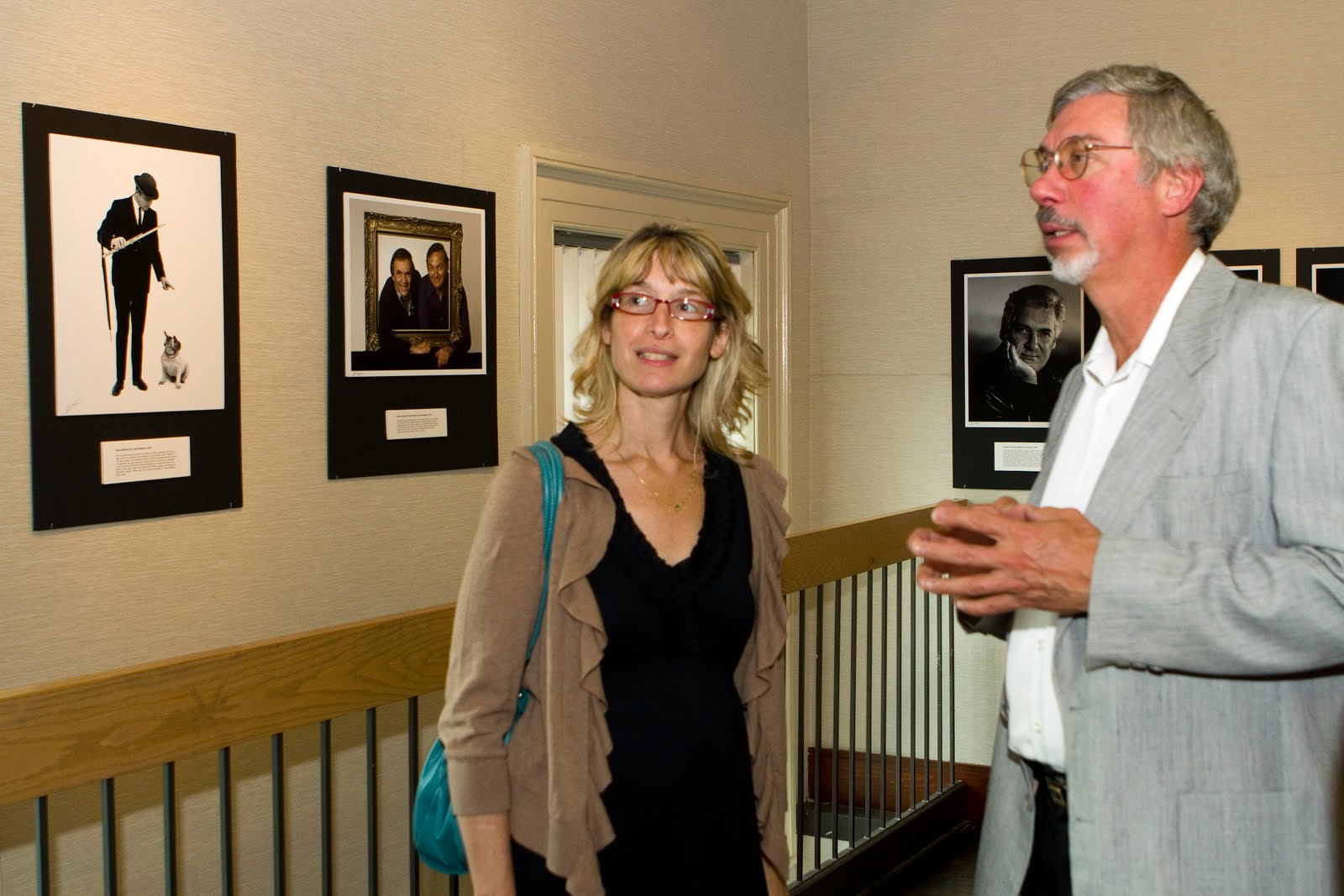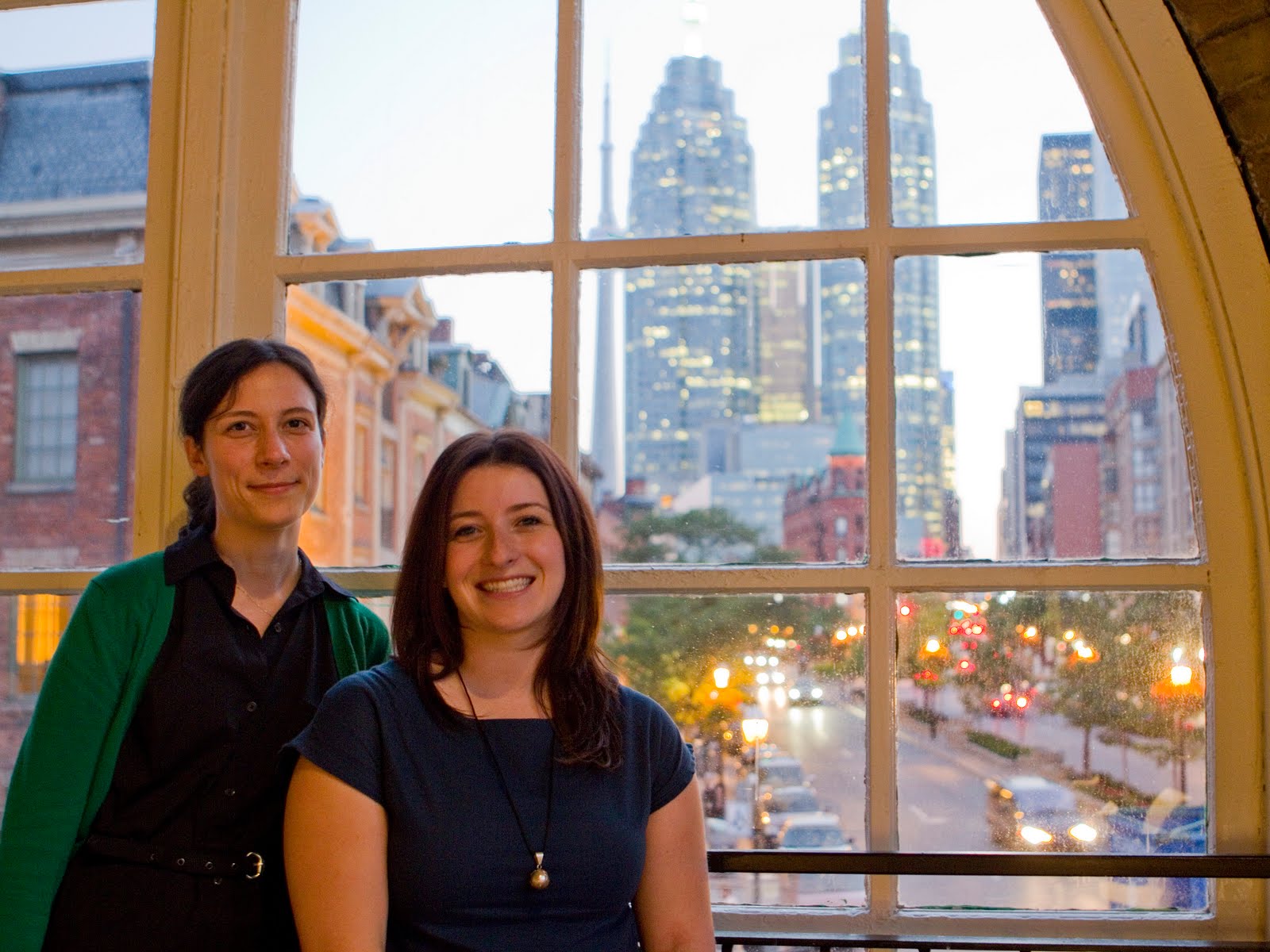Sammy Luftspring Albums - The Conservation Project
In 2009, the OJA acquired the personal scrapbooks of famed Canadian boxer, Sammy Luftspring. Luftspring was born in 1916 in St. John’s Ward. He began boxing in 1932 and by 1936 was selected to join the Canadian Olympic team. He chose, however, to boycott the Berlin Olympics, which were being organized under Nazi-rule, and decided instead to attend an alternative event known as the People’s Olympics in Barcelona, Spain. After making the trip to Europe by ship, Sammy, along with fellow Toronto boxer Norman “Baby Yack”, faced the disappointment of having the event cancelled after the Civil War broke out on the eve of the opening ceremonies. Sammy returned to Toronto and began to box professionally, winning the Canadian welterweight championship in 1938, a title which he held for two years.
Luftspring's career as a boxer ended in 1940, when an opponent’s thumb punctured his eye, detaching the retina and leaving him blind in one eye. He re-invented himself as a boxing referee, overseeing fights involving some of the greatest boxers of all time, including Mohammad Ali and George Chuvalo. He also opened up a number of nightclubs in Toronto such as the Mercury and Tropicana, which attracted famous entertainers such as Henry Youngman, Vic Damone and Tony Bennett. He passed away in 2000 at age 84.
The two scrapbooks donated to the OJA were created by Sammy Luftspring himself and reflect his personal life and career. The scrapbooks contain over 700 photographs, as well as invitations, postcards, newspaper clippings and other memorabilia. They were in very poor condition and required some basic conservation work. In order to protect the items in the scrapbooks from the acidic paper, acid-free tissue paper was inserted in between each page. In turn, a scanning project was initiated in order to protect the original scrapbooks. By creating a digital reproduction, information included in the original arrangement will remain accessible, while the objects themselves are granted a longer life span.
So, over the course of two weeks in the summer of 2010, the Luftspring scrapbooks were digitized in their entirety by our summer intern, Emma Leverty. Scans were made of the original document size at 300 dpi and saved as TIFF files. The larger of the two scrapbooks (65 x 48 cm) needed to be scanned in three sections and then stitched together using a special software program. In total, over 400 scans were completed to create the 200 pages that make up the scrapbooks. Finally, individual photographs were selected and scanned and item level descriptions were completed for those images that were deemed to be of greatest archival value and likely to be of interest to the public.








